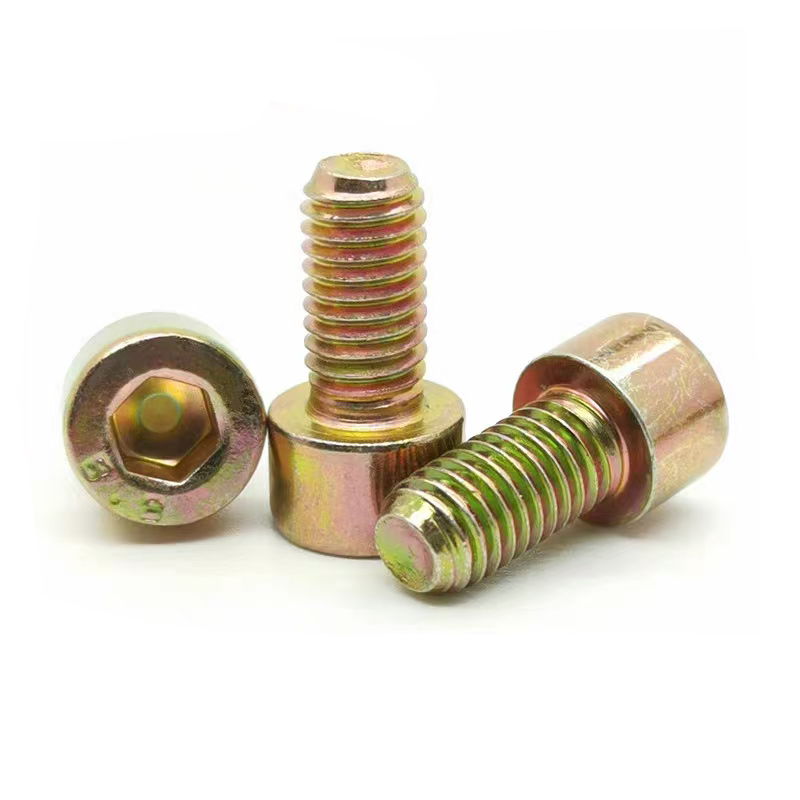- Chinese
- French
- German
- Portuguese
- Spanish
- Russian
- Japanese
- Korean
- Arabic
- Irish
- Greek
- Turkish
- Italian
- Danish
- Romanian
- Indonesian
- Czech
- Afrikaans
- Swedish
- Polish
- Basque
- Catalan
- Esperanto
- Hindi
- Lao
- Albanian
- Amharic
- Armenian
- Azerbaijani
- Belarusian
- Bengali
- Bosnian
- Bulgarian
- Cebuano
- Chichewa
- Corsican
- Croatian
- Dutch
- Estonian
- Filipino
- Finnish
- Frisian
- Galician
- Georgian
- Gujarati
- Haitian
- Hausa
- Hawaiian
- Hebrew
- Hmong
- Hungarian
- Icelandic
- Igbo
- Javanese
- Kannada
- Kazakh
- Khmer
- Kurdish
- Kyrgyz
- Latin
- Latvian
- Lithuanian
- Luxembou..
- Macedonian
- Malagasy
- Malay
- Malayalam
- Maltese
- Maori
- Marathi
- Mongolian
- Burmese
- Nepali
- Norwegian
- Pashto
- Persian
- Punjabi
- Serbian
- Sesotho
- Sinhala
- Slovak
- Slovenian
- Somali
- Samoan
- Scots Gaelic
- Shona
- Sindhi
- Sundanese
- Swahili
- Tajik
- Tamil
- Telugu
- Thai
- Ukrainian
- Urdu
- Uzbek
- Vietnamese
- Welsh
- Xhosa
- Yiddish
- Yoruba
- Zulu
- Kinyarwanda
- Tatar
- Oriya
- Turkmen
- Uyghur

3 8 expansion bolt
Understanding the 3/8 Expansion Bolt
The 3/8 expansion bolt is a common solution in construction and DIY projects for securely anchoring objects to concrete or masonry. However, many underestimate its complexity and the skill needed for proper installation. This article delves into practical experiences and insights on using this essential fastener.
The Basics of Expansion Bolts
When we talk about a 3/8 expansion bolt, we're typically referring to a medium-sized anchor that's suitable for various applications, from mounting heavy equipment to securing railing. The principle here is simple—the bolt uses expansion force to grip the substrate tightly. Seems straightforward, right? Well, not always. The effectiveness heavily relies on understanding both the substrate and the bolt itself.
One common oversight is assuming all concrete is the same. High-strength concrete reacts differently than older, more weathered surfaces when the bolt expands. In my experience, knowing the age and condition of your substrate can prevent a lot of headache. Once, I was securing some machinery and neglected this detail—the result was a poorly anchored unit that had to be redone.
Another point is recognizing the specifics of the bolt's design. The 3/8 size refers to the diameter of the bolt but doesn’t convey the whole picture. Length, material, and even coating can affect performance. Stainless steel options offer corrosion resistance that's critical in certain environments, like coastal areas.
Installation Tips and Tricks
Let's talk installation. Drill size and depth are pivotal in ensuring a proper fit. For a 3/8 bolt, a 3/8 inch bit typically fits, but under certain circumstances, a slightly larger hole might be necessary to accommodate the sleeve properly. Here, practice and a feel for the material are better guides than strictly following the manual.
A mistake I often see is over-tightening. While the expansion mechanism needs to be engaged, pushing it too far can crack the concrete. Using a torque wrench helps, but sometimes, it's down to intuition developed over numerous installs. I remember a job where I cracked half the anchors due to excess torque—not a scenario to repeat.
Preparation is key—cleaning the hole of debris and dust improves the bolt's grip significantly. Skipping this step risks reduced holding power. A simple blow-out bulb or vacuum does wonders here. Ignoring it once led to an anchor failing under load, an avoidable setback.
Common Problems and Solutions
Even the best preparations can meet unforeseen issues. For example, hitting rebar while drilling isn't just frustrating; it requires an immediate reassessment. Switching to shorter anchors or choosing a different spot can solve the issue effectively. Flexibility in approach often saves the day.
Another frequent problem is environmental stress. Outdoor installations face challenges from weathering. Selecting galvanized or stainless-steel options can mitigate rust and degradation over time. I found this particularly true when working on exterior signage where longevity mattered.
Vibration or dynamic loads present unique challenges too. In such cases, incorporating washers or lock nuts can improve resilience. On an industrial setup, these adjustments kept the machinery stable and secure, a lesson in the importance of small modifications.
Quality Matters – Choosing the Right Supplier
Not all bolts are created equal; sourcing from reputable manufacturers like Handan Zitai Fastener Manufacturing Co., Ltd. can make a significant difference. Situated in the heart of China’s largest fastener production hub, their reach and expertise ensure high quality at competitive prices. Their products can be found at Zitai Fasteners.
I've ordered from them for several projects. The consistency in sizing and material integrity reduced installation issues. Knowing the origins of your tools builds confidence in their performance.
Additionally, the accessibility of their location ensures reliable delivery, which saved a project on a tight deadline. A good partnership with suppliers is often the unsung hero of a successful installation.
Reflecting on Experience
Looking back, I've learned that the humble 3/8 expansion bolt is more than a straightforward tool—it's part of a larger puzzle. Each project and situation add to its complexity, demanding respect and attention.
Whether it’s due diligence on substrate conditions, choosing the right material, or anticipating potential challenges during installation, experience remains the best teacher. Mistakes and successes both contribute to a better understanding of this deceptively simple fastener.
As we grow in our fields, sharing these insights maintains a culture of learning and improvement. The 3/8 expansion bolt, reflecting broader lessons of craft and care, proves its reliability when handled with knowledge and respect.
Related products
Related products
Best selling products
Best selling products-
 Black zinc flange bolts
Black zinc flange bolts -
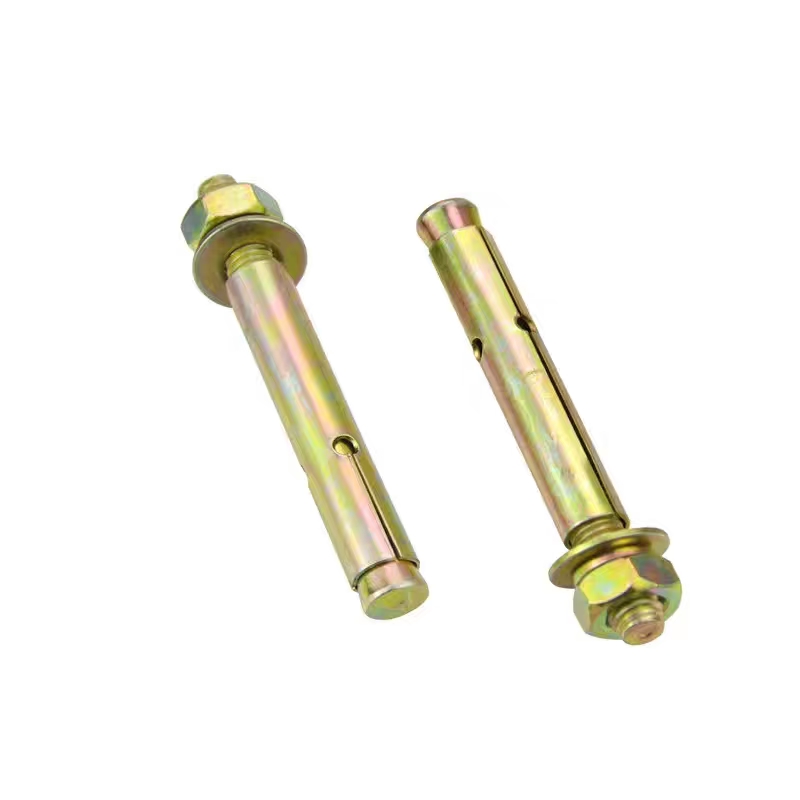 Colored zinc-plated expansion bolts
Colored zinc-plated expansion bolts -
 Colored zinc-plated expansion hook
Colored zinc-plated expansion hook -
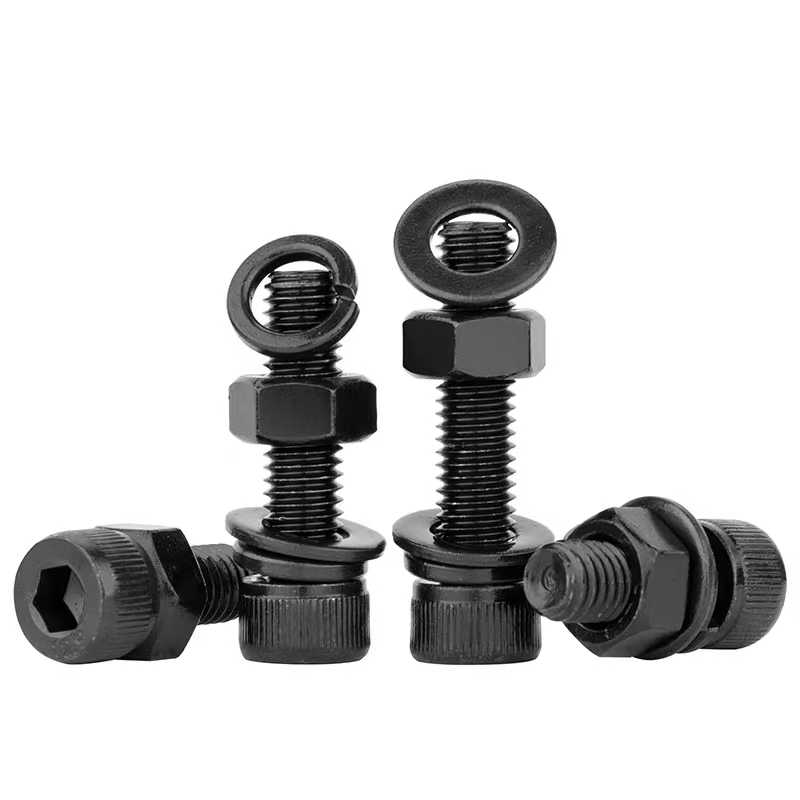 Hexagon socket black zinc-plated bolts
Hexagon socket black zinc-plated bolts -
 Colored galvanized hexagonal drill tail wire
Colored galvanized hexagonal drill tail wire -
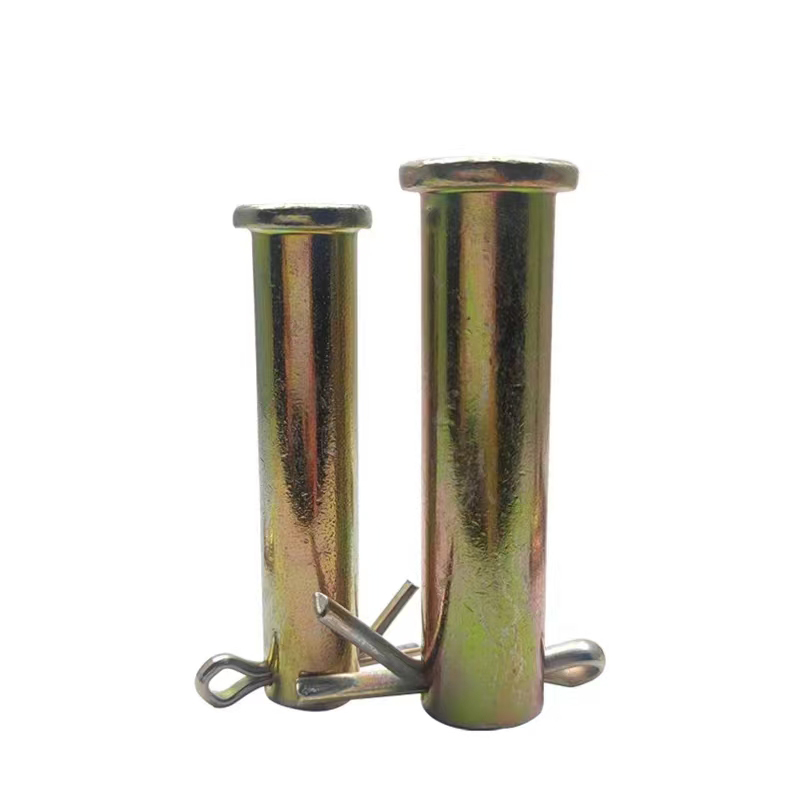 Colored zinc-plated pins
Colored zinc-plated pins -
 Hot-dip galvanized chemical bolts
Hot-dip galvanized chemical bolts -
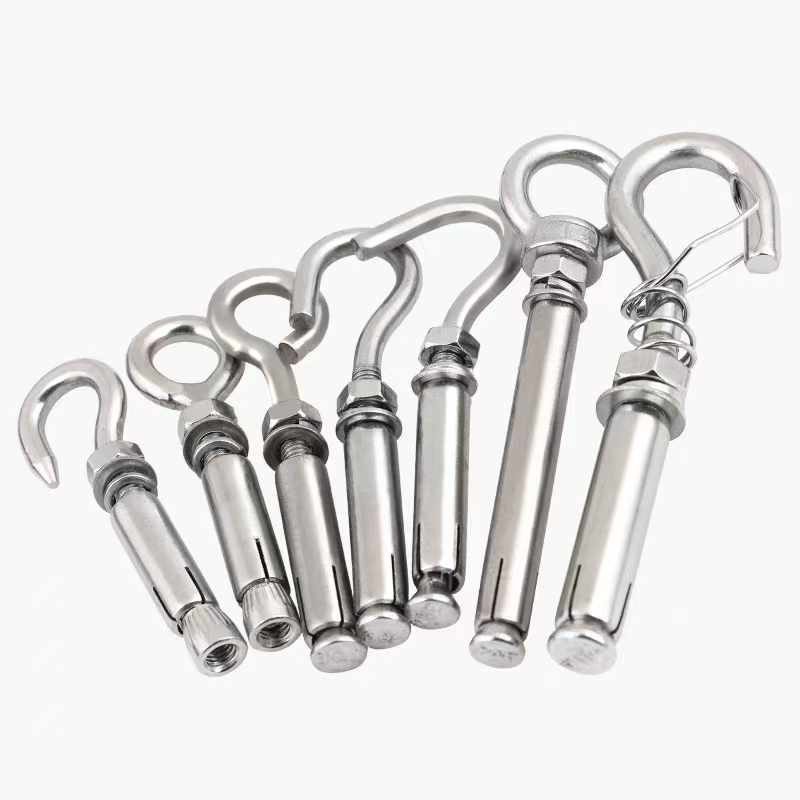 Electro-galvanized expansion hook
Electro-galvanized expansion hook -
 Welded plate anchor (welded plate anchor bolt)
Welded plate anchor (welded plate anchor bolt) -
 T-bolt (T-slot bolt)
T-bolt (T-slot bolt) -
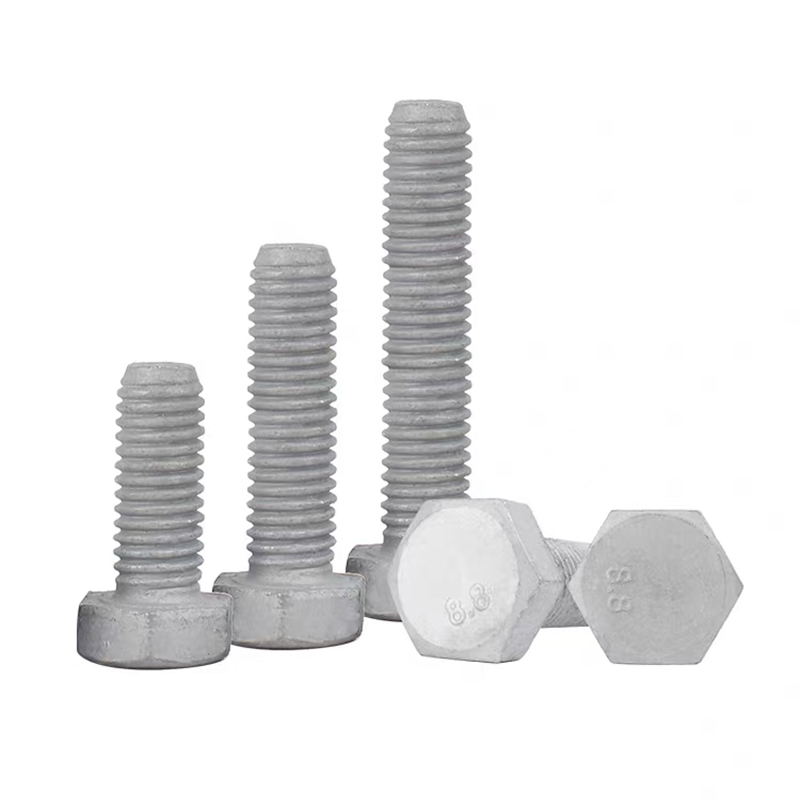 Hot-dip galvanized hexagonal bolts
Hot-dip galvanized hexagonal bolts -
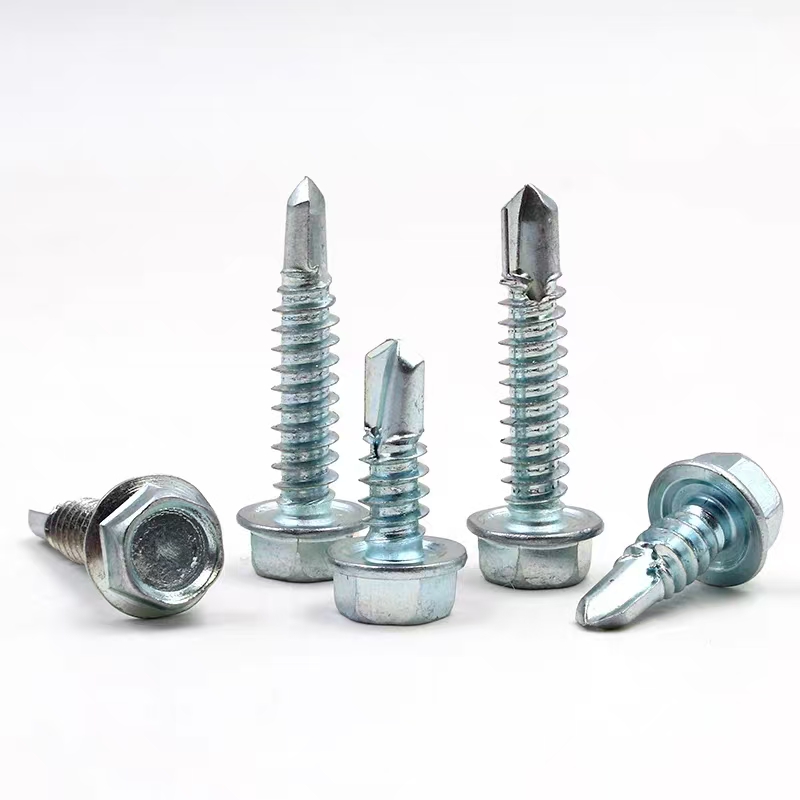 Electro-galvanized hexagonal drill thread
Electro-galvanized hexagonal drill thread


